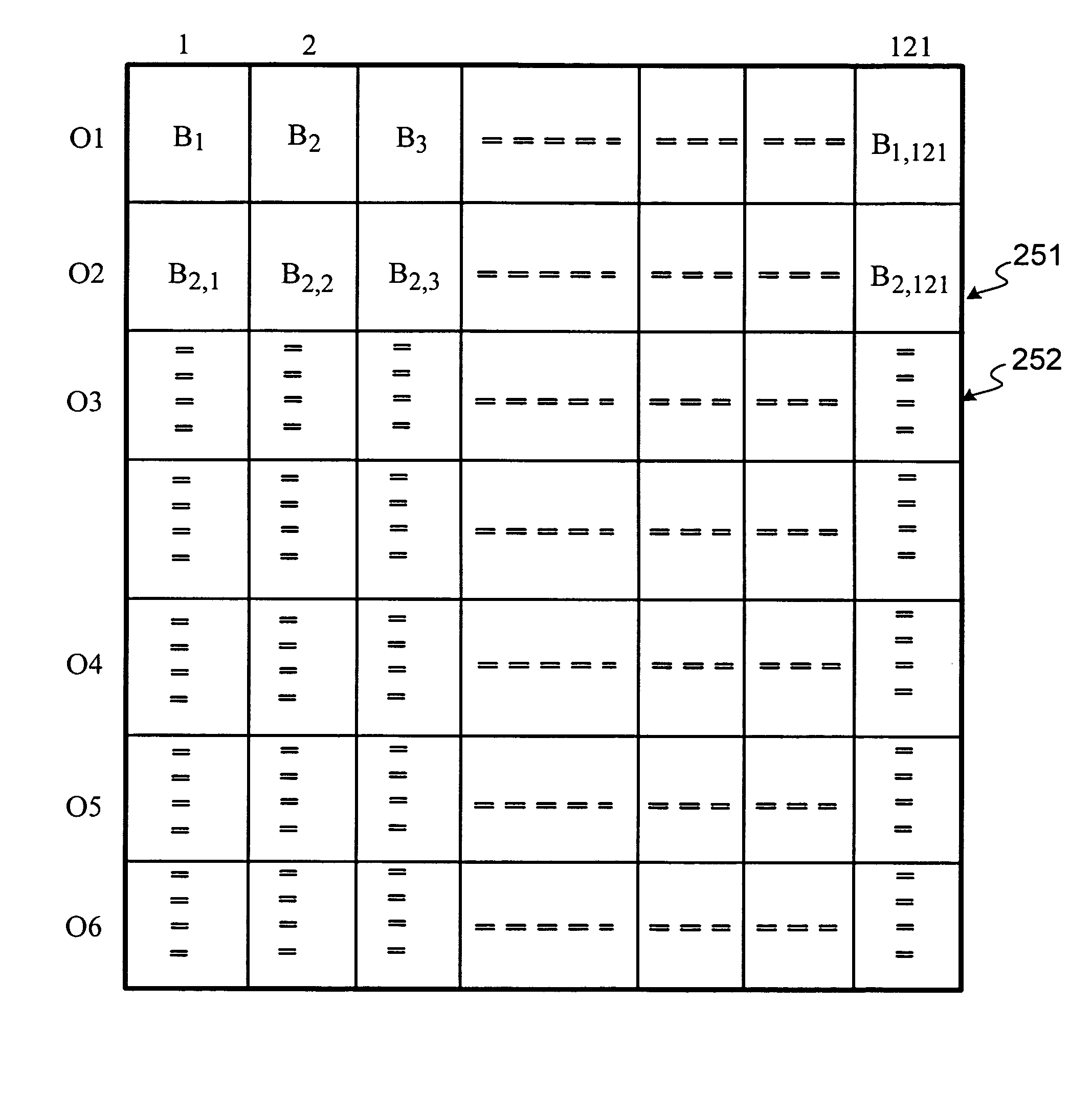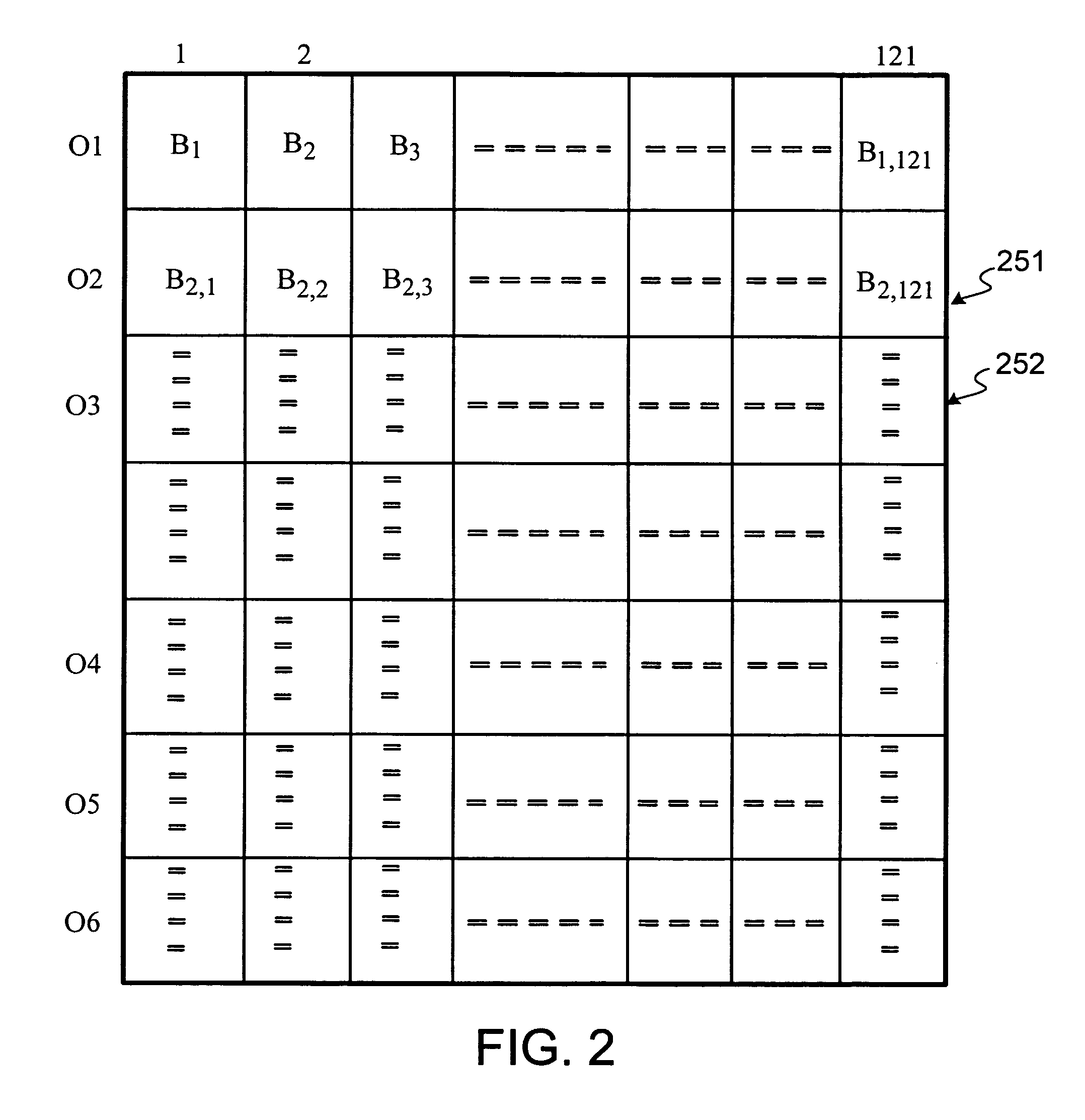Phonetic searching
a technology of audio and text, applied in the field of audio file processing, can solve the problems of not finding the word in the document, missing spellings, and signal processing that is usually extremely complex, and achieves the effect of avoiding the loss of voi
- Summary
- Abstract
- Description
- Claims
- Application Information
AI Technical Summary
Benefits of technology
Problems solved by technology
Method used
Image
Examples
Embodiment Construction
[0017]FIG. 1 shows an exemplary input screen, which may be utilized by the user in order to interface to the system. The figure includes an input string entry field 102, a file identification field 103, and a file type field 104. Other examples of an input screen may be utilized as well, and the invention is not limited to the simplistic exemplary input screen shown in FIG. 1.
[0018]Returning to FIG. 1, the input string may be entered using a variety of techniques. One technique is that the input string may be entered using a fully linguistic technique. For example, consider a lengthy file and a user desiring to search for the sentence “The rain in Spain falls mainly on the plane.” The search string may be input by a user simply entering the correctly spelled text. However, the search string may also be input utilizing boolean logic wherein the connectors represent different distances. For example, the user may instruct the software to search for the term “rain” within the same sente...
PUM
 Login to View More
Login to View More Abstract
Description
Claims
Application Information
 Login to View More
Login to View More - R&D
- Intellectual Property
- Life Sciences
- Materials
- Tech Scout
- Unparalleled Data Quality
- Higher Quality Content
- 60% Fewer Hallucinations
Browse by: Latest US Patents, China's latest patents, Technical Efficacy Thesaurus, Application Domain, Technology Topic, Popular Technical Reports.
© 2025 PatSnap. All rights reserved.Legal|Privacy policy|Modern Slavery Act Transparency Statement|Sitemap|About US| Contact US: help@patsnap.com



